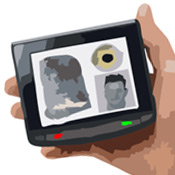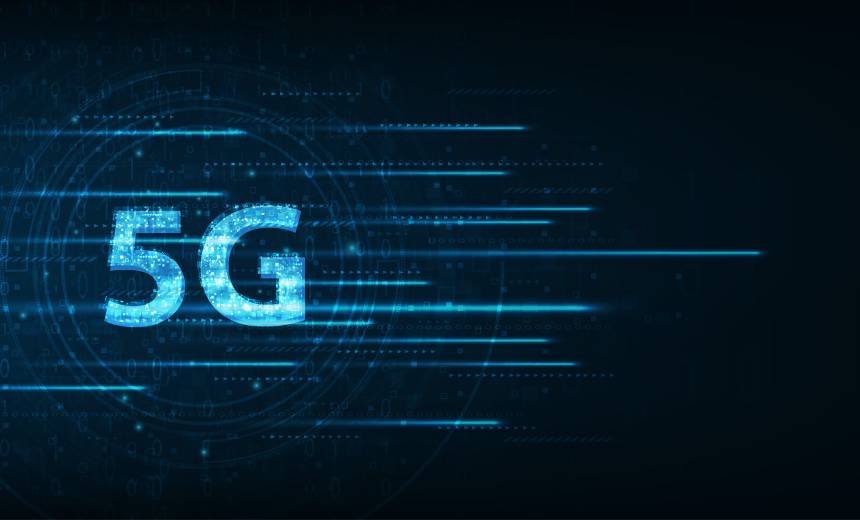NIST Unveils Mobile Biometrics Guide
Special Report Provides Best Practices
The National Institute of Standards and Technology announced Tuesday it's issuing a new publication that recommends best practices for these next generation of mobile biometric acquisition devices. Special Publication 500-280: Mobile ID Device Best Practice Recommendation Version 1 offers guidelines to help ensure that, if followed, mobile and stationary systems will work together. It was developed by NIST researchers working with first responders, criminal justice agencies, the military, industry and academia.
"The proliferation of smaller devices including advanced personal digital assistants, ultra-portable personal computers and high-speed cellular networks has made portable biometric systems a reality," computer scientist Shahram Orandi said in a statement accompanying the release of the new publication.. "While the portable systems have made leaps and bounds in terms of capability, there are still intrinsic limitations that must be factored into the big picture to ensure interoperability with the larger, more established environments such as desktop or large server-based systems."
According to NIST, the new mobile biometric devices allow first responders, police, the military and criminal justice organizations to collect biometric data with a handheld device on a street corner or in a remote area and then wirelessly send it to be compared to other samples on watch lists and databases in near real-time. Identities can be determined quickly without having to take a subject to a central facility to collect his or her biometrics, which is not always possible.
Citing one example of its use, NIST said most law enforcement applications require capturing all 10 fingerprints from an individual. Desktop fingerprint scanners provide a large scanning area - a platen - that can capture all 10 fingers in a fast, three-step process. Most portable devices, however, have platens that are a fraction of the size of a desktop scanner. The Mobile ID best practices publication provides guidelines that allow for the capture of all 10 fingerprints on a scanner with a smaller platen using a two-fingers-at-a-time approach, NIST said.


















